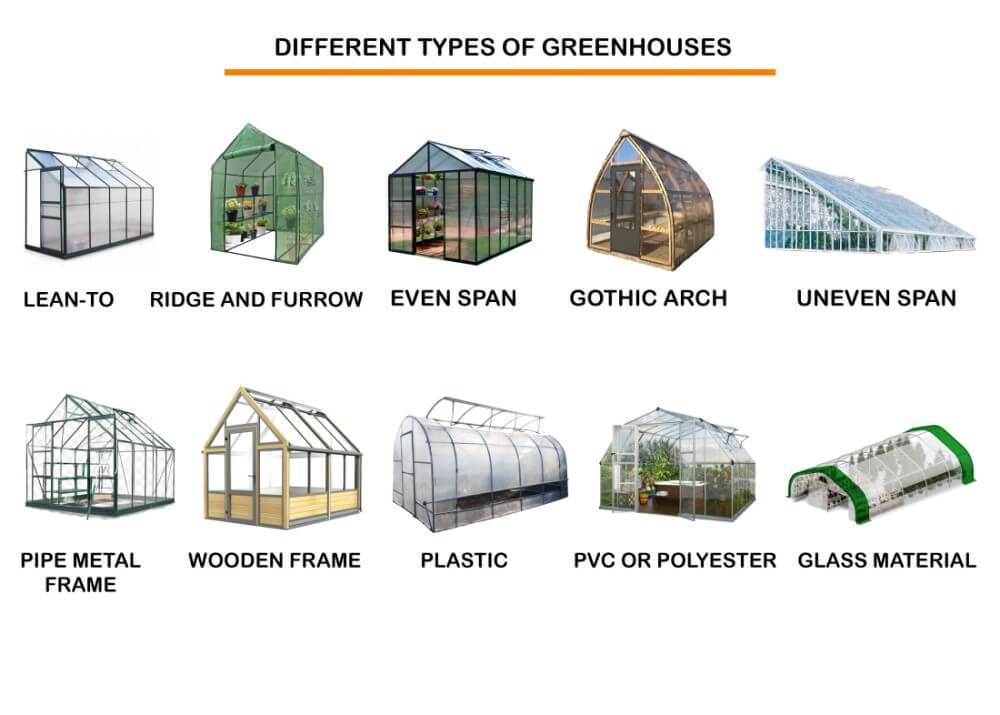Where precision meets growth: The art of greenhouse farming. 🍃🏡
GREENHOUSE
Greenhouses have been a cornerstone of modern agriculture, enabling farmers to grow a wide variety of crops year-round in controlled environments. These innovative structures create a microcosm of ideal growing conditions, optimizing temperature, humidity, and light to boost crop yields and quality. In this article, we explore the world of greenhouses and their transformative role in agriculture.
Greenhouses offer several distinct advantages that have made them an integral part of contemporary farming:
- Extended Growing Seasons: With greenhouses, farmers can cultivate crops throughout the year, breaking free from the constraints of seasonal weather patterns.
- Climate Control: Precise control of temperature, humidity, and ventilation ensures optimal conditions for plant growth, resulting in healthier and more productive crops.
- Pest and Disease Management: Greenhouses provide a physical barrier against pests and diseases, reducing the need for chemical treatments and enhancing crop health.
- Water Efficiency: Controlled irrigation systems in greenhouses reduce water wastage, making them an eco-friendly choice for sustainable agriculture.
- Higher Yields: Greenhouse-grown crops often yield more and have improved quality due to the controlled environment.
These cost-effective structures are ideal for small and medium-sized farms, offering good insulation and UV protection.
Traditional and durable, glass greenhouses are suitable for larger-scale operations and provide excellent light transmission.
These semi-closed structures are perfect for extending growing seasons in regions with mild winters.
Combining greenhouses with hydroponic systems allows for soilless cultivation, saving space and water while maximizing yields.


Greenhouses are versatile and can accommodate a wide range of crops, including:
Greenhouses produce high-quality, vine-ripened tomatoes year-round.
Controlled environments ensure consistent cucumber production.
Ideal conditions lead to uniform and vibrant pepper crops.
Herbs like basil, mint, and cilantro thrive in greenhouses.
Greenhouses are also used for flower cultivation, producing stunning blooms for both commercial and decorative purposes.
Greenhouses are pivotal in modern agriculture, enabling farmers to produce high-quality crops year-round while reducing environmental impact. As we move toward a more sustainable and efficient agricultural future, greenhouses will continue to play a crucial role in meeting global food demand and ensuring food security. Embracing greenhouse technology is not just a step forward; it’s a leap toward a greener, more productive tomorrow.